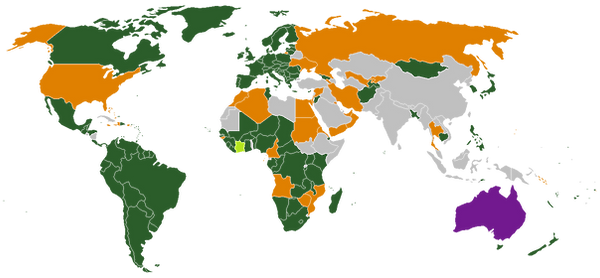top of page
Butterfly populations are a very good indicator of the health of an area's ecosystem !!
Also known as the Varied Sword-grass Brown, Large Wood Brown, or the Gahnia Butterfly.
Tisiphone aboena is a member of the Nymphalidae (Brush Footed) family, that is endemic to Australia.
They are found primarily along the south eastern coastal strip of Australia, from Gympie, through Victoria, to Adelaide, an area where several subspecies have been recognized.
Their preferred terrain is swamp areas on coasts and tablelands.
They are a medium sized butterfly, with wingspans of about 60 mm.
They can be seen on wing from October to May with peak flying time from November to February.
They are slow, graceful fliers, flying within a metre or two of the ground.
They seem to rest with their wings open rather than closed far more frequently than most other butterflies.
They have a slow, fluttering flight that is mostly near ground level.
The wings of the adult butterflies are brown with a broad yellow stripe diagonally across each forewing.
The forewings also each have two eyespots, one large and one small, and the hind wings have one eyespot each.
The ventral sides are similar, except that each ventral side wing has two eyespots.
Potential predators include birds, spiders, mammals and reptiles.
*As members of the Brush Footed (Nymphalidae) Family, they use their shorter of front legs for food tasting, and their two pairs of longer rear legs for propulsion.

Diet: caterpillars feed on various species of Swordgrass (Gahnia species, Cyperaceae), which are tall sedges with sharply edged leaves.
Diet: adults feed on flower nectar.
Avg. wingspan: about 6 cm. / 2.35 “.
Family: Nymphalidae (Brush Footed)
The single biggest threat to butterfly survival is habitat destruction!!
bottom of page


